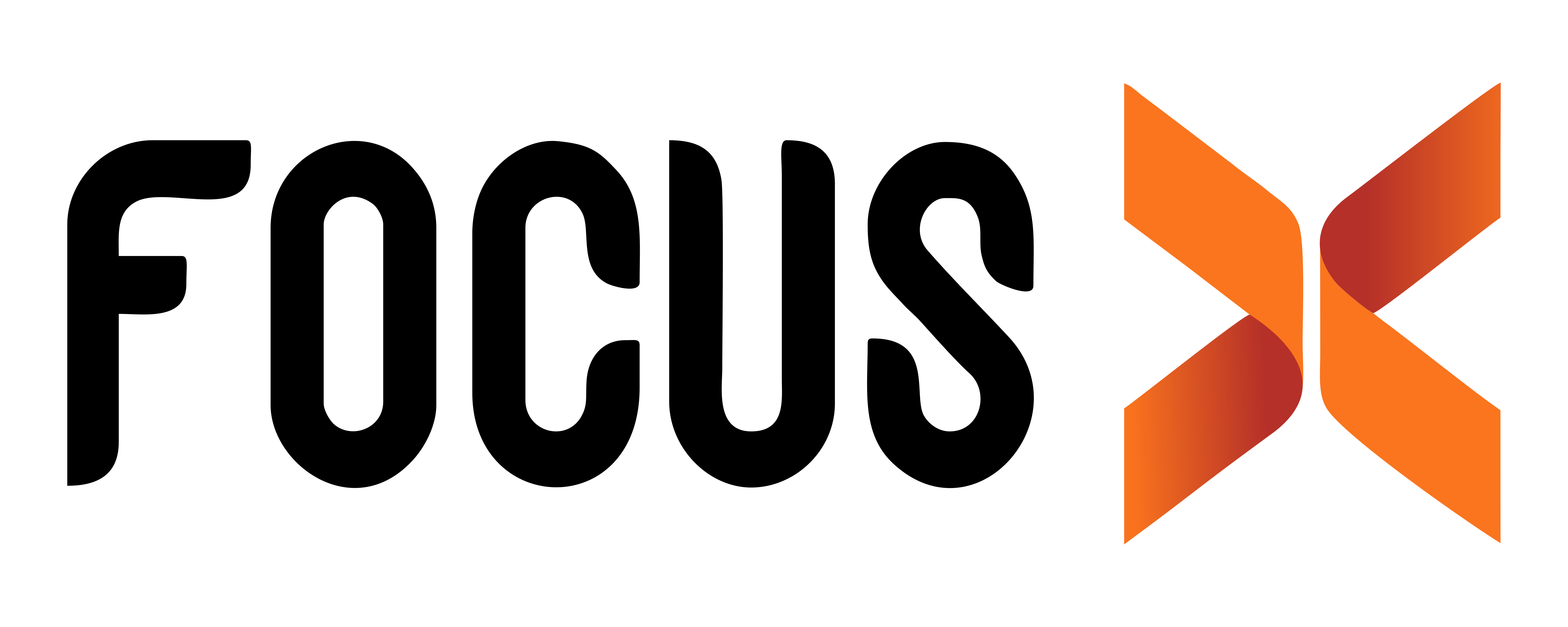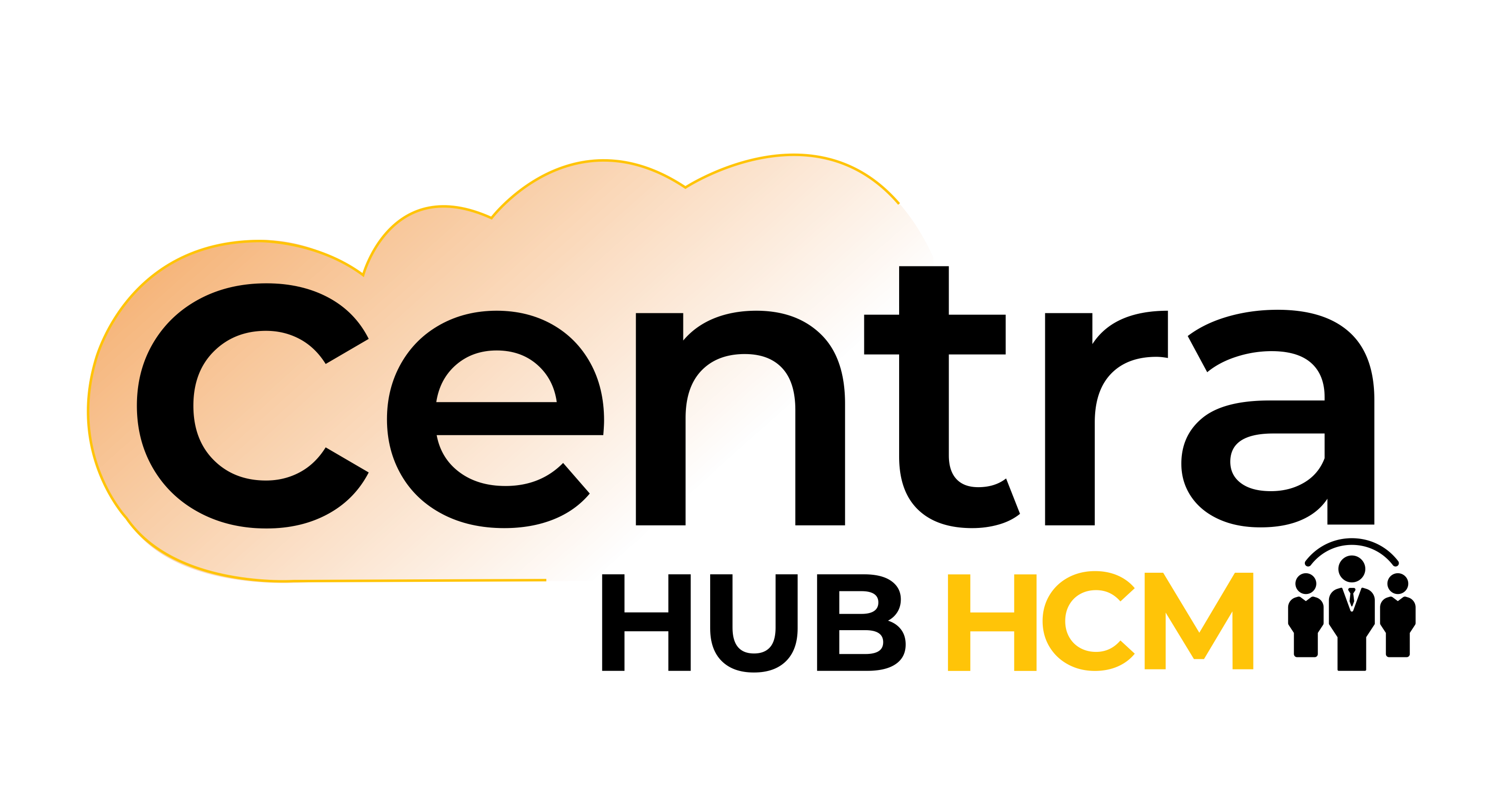Enhanced inventory management
One of the significant improvements that ERP software brings to retail businesses is enhanced inventory management. With real-time visibility into inventory levels, stock movement, and demand patterns, retailers can optimize their inventory levels, reduce stockouts, and minimize excess inventory. ERP systems provide accurate and up-to-date information, enabling retailers to make informed decisions regarding purchasing, stock replenishment, and inventory allocation across multiple stores or channels. Improved inventory management results in better stock control, increased efficiency, and reduced costs.
Integrated point of sale (POS) system
Integrating the POS system with the ERP software is a game-changer for retail businesses. The seamless flow of information between the front-end and back-end systems eliminates the need for manual data entry, reduces errors, and speeds up transaction processing. Sales data captured at the POS is automatically updated in the ERP system, allowing retailers to have real-time insights into sales performance, customer preferences, and product trends. This integration also enables efficient order fulfillment, inventory synchronization, and accurate sales reporting, leading to improved customer service and better decision-making.
Streamlined supply chain management
ERP software enables retail businesses to streamline their supply chain management processes. From procurement to distribution, an integrated ERP system automates and streamlines workflows, ensuring the smooth flow of goods and materials throughout the supply chain. Retailers can optimize their sourcing strategies, manage vendor relationships effectively, and improve order accuracy and fulfillment. With better supply chain visibility, businesses can reduce lead times, control costs, and enhance overall operational efficiency.

Data-driven decision making
Implementing ERP software provides retail businesses with access to a wealth of data and analytics. ERP systems generate comprehensive reports and dashboards that offer insights into various aspects of the business, such as sales performance, inventory levels, customer behavior, and financials. Retailers can leverage this data to make data-driven decisions, identify trends, forecast demand, and develop effective marketing strategies. With real-time data at their fingertips, retail businesses can respond swiftly to market changes, seize opportunities, and stay ahead of the competition.
Improved customer relationship management
ERP software facilitates improved customer relationship management (CRM) for retail businesses. By centralizing customer data and interactions in a single platform, retailers can gain a holistic view of their customers' preferences, purchase history, and communication history. This allows for personalized customer interactions, targeted marketing campaigns, and tailored product recommendations. With a comprehensive CRM functionality, retailers can enhance customer satisfaction, loyalty, and retention.
Efficient financial management
ERP software plays a crucial role in managing the financial aspects of a retail business. By integrating financial modules such as accounts payable, accounts receivable, general ledger, and financial reporting, retailers can automate financial processes, ensure accuracy, and gain better control over their financial data. Retailers can streamline invoicing, track payments, manage cash flow, and generate financial statements effortlessly. With accurate and timely financial information, businesses can make informed financial decisions, comply with regulatory requirements, and optimize their financial performance.
Conclusion:
Implementing ERP software brings significant improvements to retail businesses by enhancing inventory management, integrating the POS system, streamlining supply chain management, facilitating data-driven decision-making, improving customer relationship management, andenabling efficient financial management. By harnessing the power of ERP, retail businesses can optimize operations, boost productivity, and achieve sustainable growth in today's competitive market.







